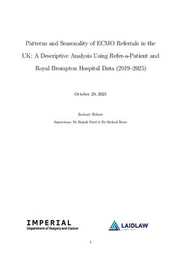Development of an Automated Annotation Pipeline for Mouse Brain Cell Clusters
In 2021, the La Manno Lab identified almost 800 cellular states that together describe the developmental program of the mouse brain. However, many of these states are still labeled with old automatic names that do not carry much meaning. For example, a cluster might still appear as Neur633.
Our goal is to turn such labels into meaningful names by running a curation program. The first step is to extract the class and subclass from the La Manno data. The class represents a broad category while the subclass is a more specific group within it. Think of vehicles as the class and cars as a subclass.
We also rely on the Adult Brain Atlas to build a dictionary of neurotransmitter and neuropeptide markers. This allows us to select which markers to analyze and to set a threshold for expression so we can decide whether a gene is expressed or not.
For neurotransmitters, we use three approaches: information from the subclass, the auto-annotation (created by the Linnarsson lab) and direct expression levels, which has been my main focus. For neuropeptides, we only consider direct expression.
Finally, we determine the spatial location of each cell type. Spatial transcriptomics gives us counts of how many cells are found in each anatomical region. These regions are organized across four hierarchical levels of precision. By applying thresholds and analysis, we can identify the most specific and reliable location for each cluster.
By combining all these results, we are able to transform automatic names into meaningful labels that better reflect both the molecular identity and the spatial context of each cell type
Happy to talk more anytime, just drop me a message.





Please sign in
If you are a registered user on Laidlaw Scholars Network, please sign in